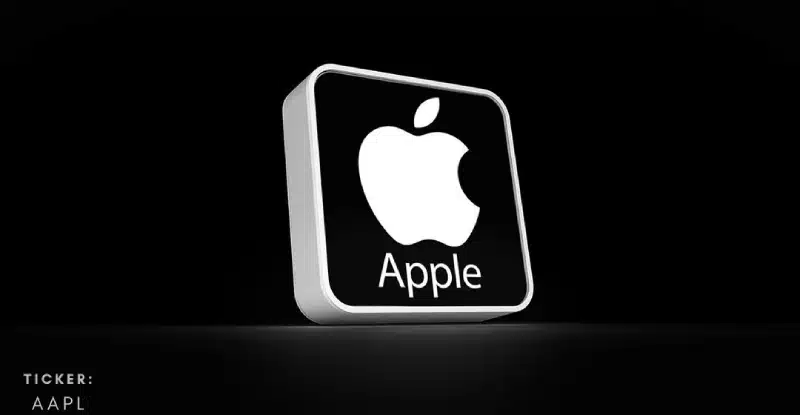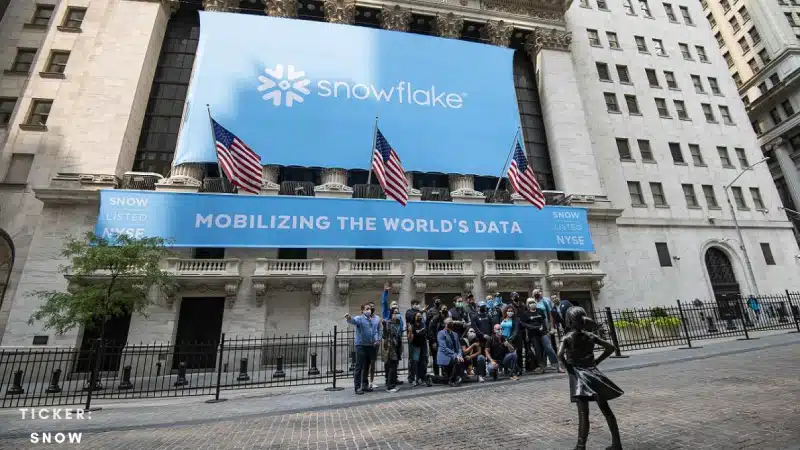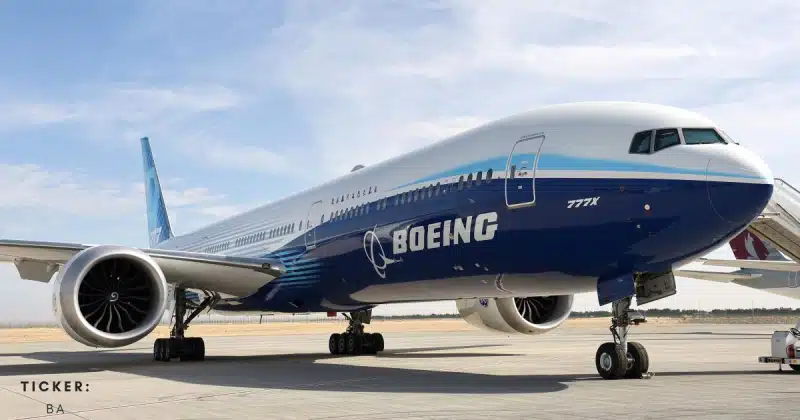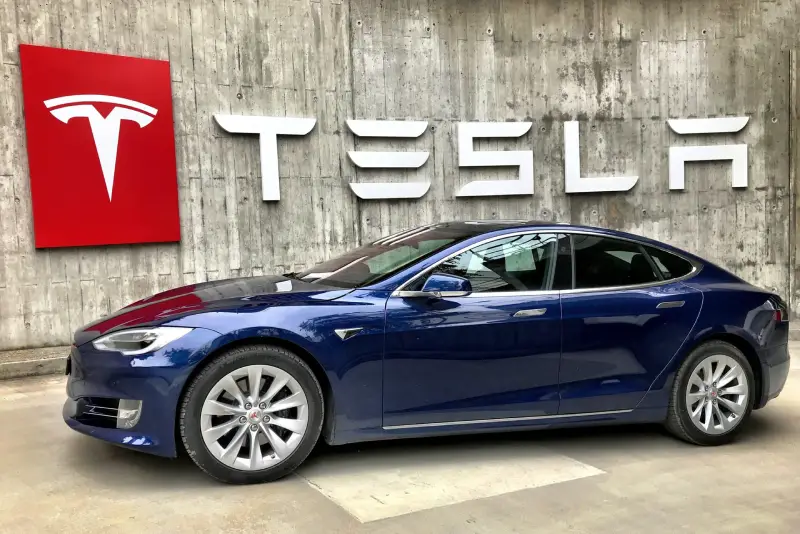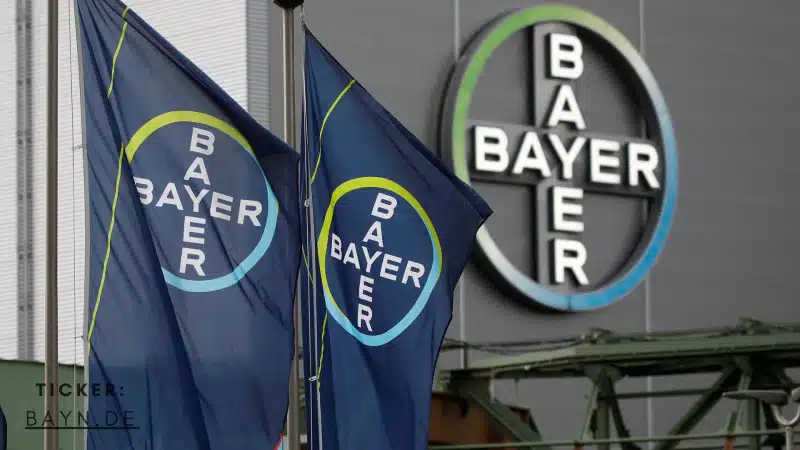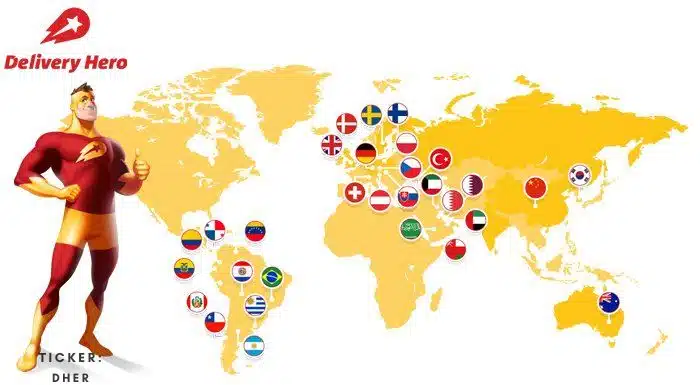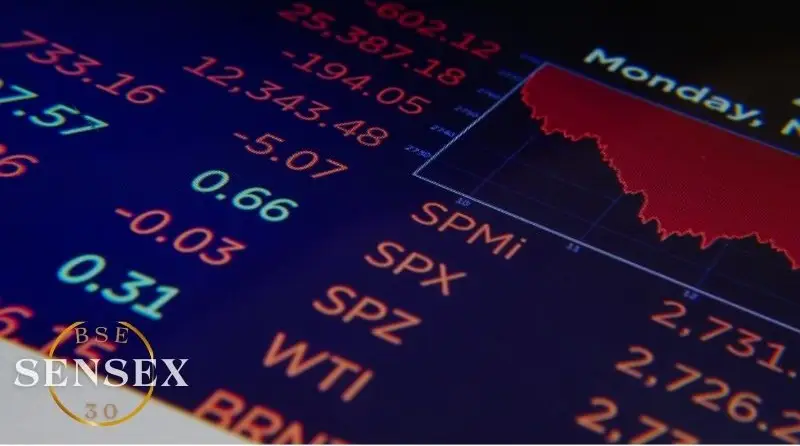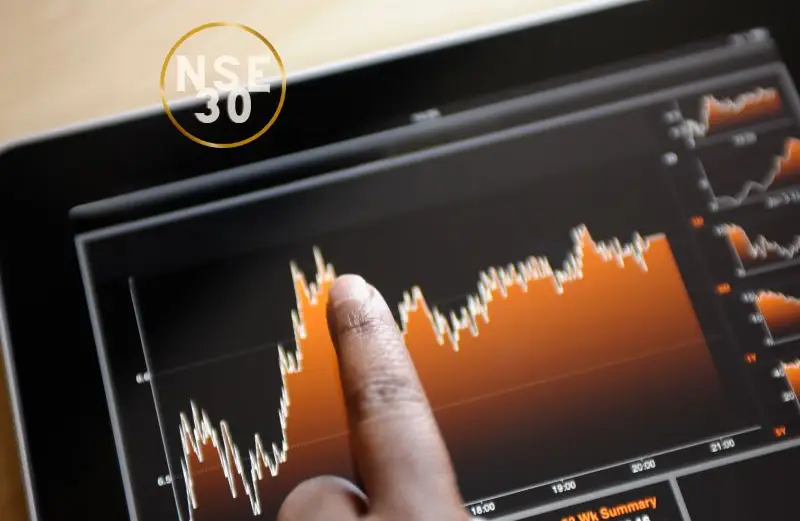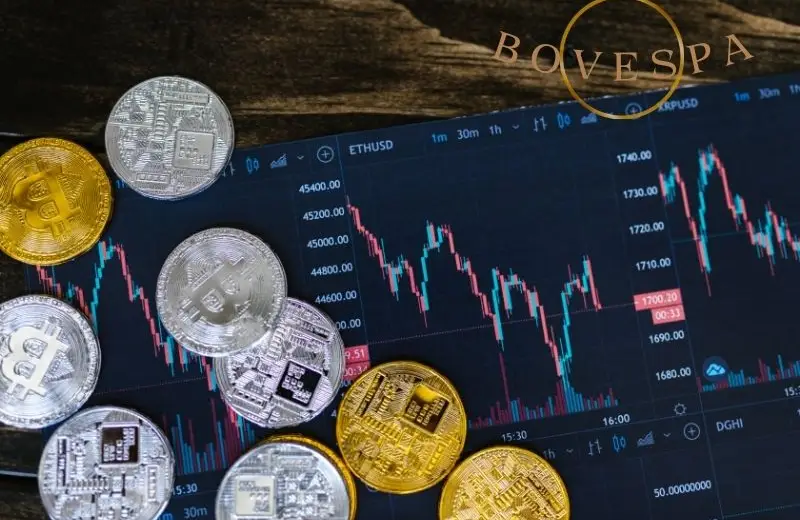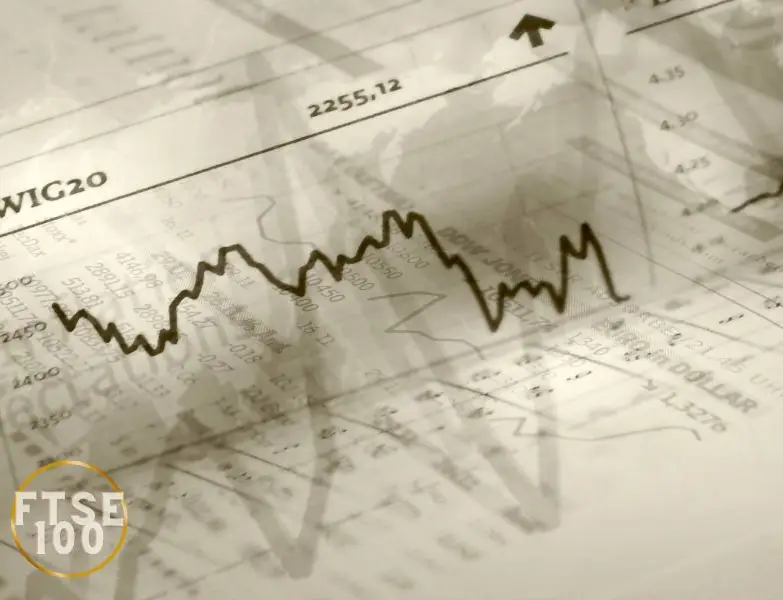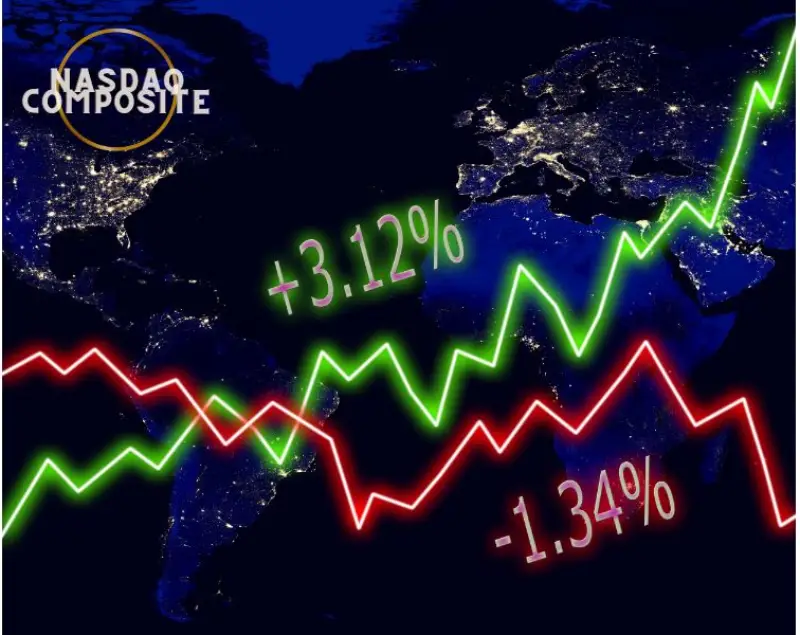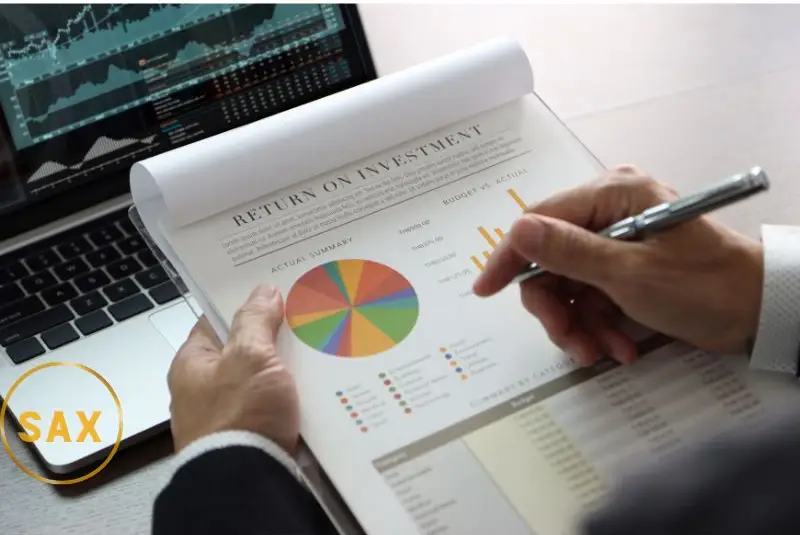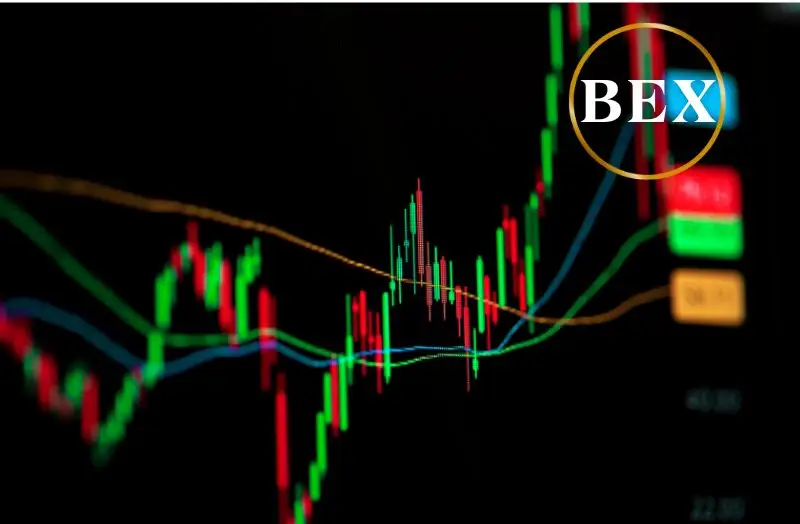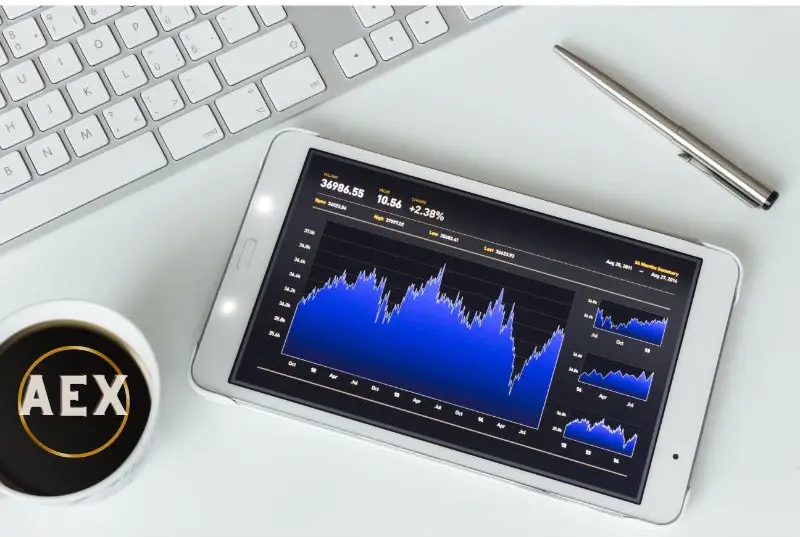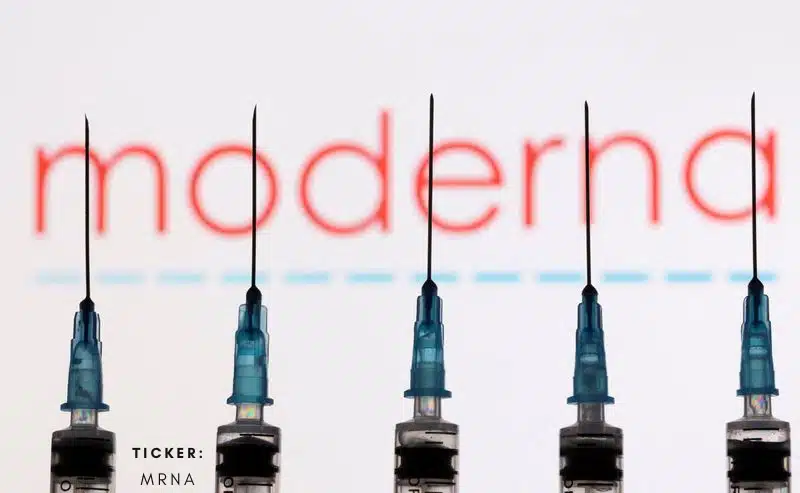BATS Share Price: A Closer Look
Investors are keeping a close eye on the BATS share price as it continues to show signs of volatility in the market. With recent fluctuations in the stock value, many are wondering what factors are influencing this movement.
Analysts have pointed to various reasons for the shifts in BATS share price, including changes in industry trends, economic indicators, and company performance. Understanding these dynamics is crucial for making informed decisions when it comes to buying or selling shares.
Whether you’re a seasoned investor or just starting out, staying informed about the latest developments in the market can help you navigate through the ups and downs of BATS share price. Keep an eye on key metrics and market trends to make strategic investment choices that align with your financial goals.
Benefits of investing in BATS Share Price
There are several benefits to consider when investing in BATS share price:
- Stable Performance: BATS shares have shown consistent growth over the years, making them a reliable investment option.
- Diversification: Investing in BATS can help diversify your portfolio and reduce overall risk.
- Dividend Income: BATS pays out regular dividends to shareholders, providing a source of passive income.
- Liquidity: BATS shares are highly liquid, making it easy to buy and sell them on the stock market.
Risks of investing in BATS Share Price
Despite the benefits, there are also risks associated with investing in BATS share price:
- Market Volatility: The stock market can be volatile, and BATS shares may fluctuate in value unpredictably.
- Economic Factors: External economic factors such as interest rates and inflation can impact the performance of BATS shares.
- Competition: BATS operates in a competitive industry, which could affect its market share and profitability.
- Lack of Control: As a shareholder, you have limited control over the management decisions made by the company.
Why invest in BATS Share Price?
If you are considering investing in BATS share price, here are some compelling reasons to do so:
- Growth Potential: BATS has demonstrated strong growth potential due to its innovative products and expanding market presence.
- Solid Financials: The company has a solid financial track record, with healthy revenue and profit margins.
- Ethical Practices: BATS is known for its ethical business practices and commitment to corporate social responsibility.
- Analyst Recommendations: Many financial analysts recommend investing in BATS shares based on their potential for long-term growth.
.
BATS Share Price
As a stock trader, monitoring the share price of BATS is crucial for making informed investment decisions. BATS is a leading global operator of exchanges and services for financial markets, with its share price reflecting the company’s performance and market sentiment.
Competitors of BATS
- NYSE Euronext: NYSE Euronext is a major competitor of BATS, operating multiple stock exchanges globally.
- Nasdaq: Nasdaq is another key competitor, known for its technology and electronic trading platforms.
- CBOE Holdings: CBOE Holdings is a competitor that offers options trading and other financial services.
- London Stock Exchange Group: The London Stock Exchange Group competes with BATS in the European market.
- Intercontinental Exchange (ICE): ICE is a global exchange operator that competes with BATS in various asset classes.
BATS Share Price Analysis
As a financial stock trader, it is important to keep a close eye on the performance of BATS share price. BATS Global Markets is a leading global operator of exchanges and services for financial markets. The company’s share price can be influenced by various factors such as market trends, economic conditions, and company news.
When considering aktien kaufen, or buying stocks, it is crucial to conduct thorough research and analysis before making any investment decisions. It is advisable to look at the historical performance of the stock, current market conditions, and future growth potential.
Which Aktien Jetzt Kaufen?
For investors looking for opportunities in the current market environment, it is important to consider which stocks to buy now. When considering welche aktien jetzt kaufen, investors should look for companies with strong fundamentals, positive growth prospects, and a competitive advantage in their industry.
- Tech stocks: Technology companies have been performing well in recent years and may continue to offer good growth potential.
- Healthcare stocks: Healthcare companies are considered defensive stocks that can provide stability during uncertain times.
- Consumer goods stocks: Companies that produce essential consumer goods may also be good options for investors looking for stable returns.
Aktien Empfehlung: Best Dividenden Aktien
When looking for aktien empfehlung, or stock recommendations, investors may want to consider investing in beste dividenden aktien. These are stocks of companies that have a history of paying out dividends consistently over time.
- Dividend aristocrats: These are companies that have a track record of increasing their dividends year after year.
- Utility stocks: Utility companies are known for their stable cash flows and consistent dividend payments.
- Retail stocks: Some retail companies offer attractive dividends due to their stable business models and strong cash flows.
In conclusion, as a financial stock trader, it is important to stay informed about market trends and company performance when analyzing BATS share price. By conducting thorough research and considering factors such as aktien kaufen, welche aktien jetzt kaufen, aktien empfehlung, and beste dividenden aktien, investors can make informed decisions about their investments.
BATS Share Price Summary
As of the latest trading session, the BATS Global Markets Inc. (BATS) share price closed at $45.60. This represents a 3.5% increase from the previous day’s closing price.
- BATS has shown strong performance in recent months, outperforming many of its competitors in the financial stock market.
- The company’s consistent growth and solid financials have attracted investors looking for stable returns.
- Analysts are optimistic about BATS‘s future prospects, citing its innovative products and strong market positioning.
Overall, the current share price reflects investor confidence in BATS‘s ability to deliver value and continue its upward trajectory in the financial markets.

